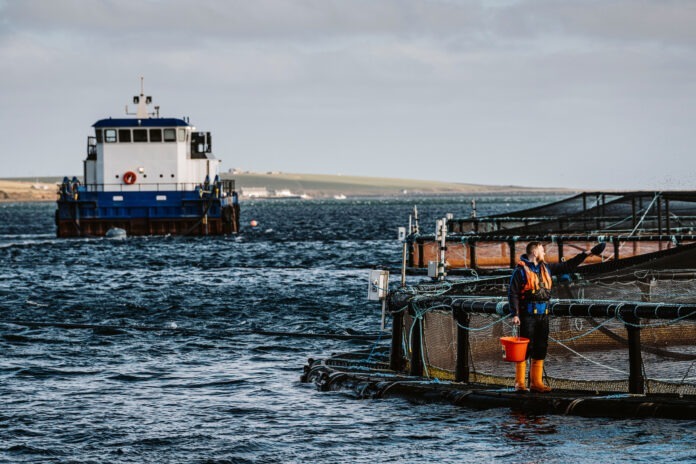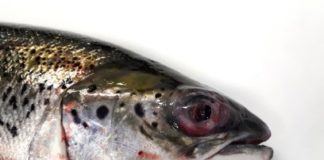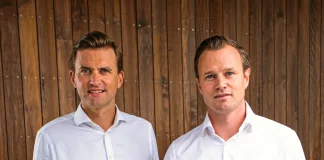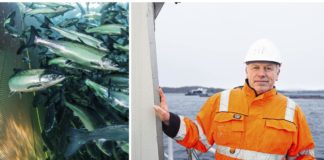Areas such as Mallaig and Kinlochleven have witnessed population declines as steep as 18% and 17% since 2003.
The Highland Council, the largest local government area in the United Kingdom, has issued a stark warning regarding the uneven population trends in its region, with a “significant risk” of certain areas experiencing a drastic drain in population over the past twenty years.
Recent data, including findings from the 2022 Census, highlight a worrying trend: while areas around the Inner Moray Firth, such as Fortrose, Rosemarkie, and Inverness, have seen population increases of 19% to 22% since 2003, other areas like Mallaig and Kinlochleven have witnessed declines as steep as 18% and 17%, respectively.
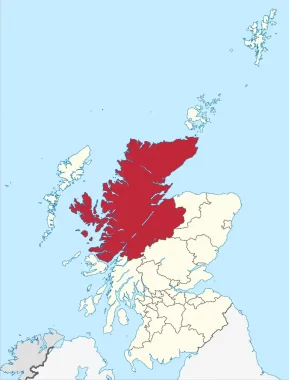
This population shift is attributed partly to the Highlands’ allure as a retirement destination, which is evidenced by the growth in older age demographics across the region.
However, this comes with the downside of younger age groups dwindling. From 2001 to 2021, the 0 to 15 age group in Highland decreased by 6.7%, while those aged 75 and over surged by 60.6%.
These demographic changes pose significant challenges for public services, especially in health and care sectors.
The council’s report also highlights that the Gaelic-speaking communities, which are prevalent in some of the most affected areas, are particularly vulnerable to the impacts of this population shift.
In response to these concerning trends, council officers are focusing on initiatives aimed at reversing depopulation and bolstering job opportunities. Key projects include the proposed Inverness and Cromarty Firth Green Freeport and the Fort William 2040 Masterplan, aimed at regenerating the Lochaber area.
Additionally, ports at Kishorn, Wick, and Scrabster are actively engaged in industries like offshore energy, decommissioning, and fish farming, which are expected to create job opportunities.
Despite a slight overall increase in the Highland population (1.4% growth to 235,400 people), the report emphasizes the urgent need for “radical solutions” to address the significant regional disparities. The council is set to discuss these issues in depth at Thursday’s full council meeting, where they will deliberate on various strategies to tackle this demographic challenge.
Economic pillar
In the context of the Highland region’s population challenges, the Scottish salmon industry emerges as a critical economic pillar. Annually, fresh Scottish salmon contributes more than £500 million to the UK retail fish market, accounting for 48% of the total market. This dominance in the fish sector also extends to international markets, with salmon being the UK’s most valuable food export to over 50 countries annually.
Crucially, the salmon sector’s contribution to the Highland economy is significant, injecting over £760 million each year. It also plays a pivotal role in supporting regional employment and businesses, spending £370 million with more than 3,600 suppliers across Scotland. In a region grappling with population decline and aging demographics, the direct employment of over 2,500 people in salmon farming is invaluable.
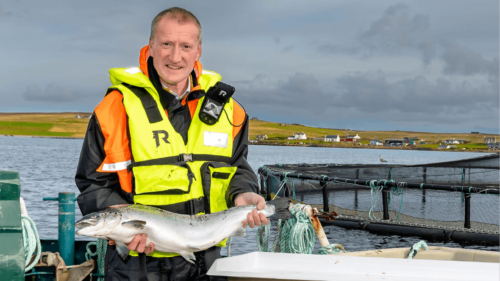
Beyond direct employment, the industry supports an ecosystem of approximately 10,000 jobs. This makes the salmon sector not just a commercial success but a vital component in addressing the depopulation and employment challenges in the Highlands.
Tavish Scott, chief executive of Salmon Scotland said: “The Scottish salmon sector employs thousands of people in our most fragile coastal communities. The well-paid, year-round jobs we provide are the lifeblood of Highland and island communities. If we were to disappear, so would the jobs, the local schools, the shops, everything that makes island life liveable.”
“One of the greatest risks to this way of life is the lack of affordable housing, which is why we’ve been calling on the Scottish Government to ringfence around £10m of the rent which Crown Estate Scotland receives from salmon farmers to provide housing that enables local working age people to live and work in the town and villages they grew up in.”



